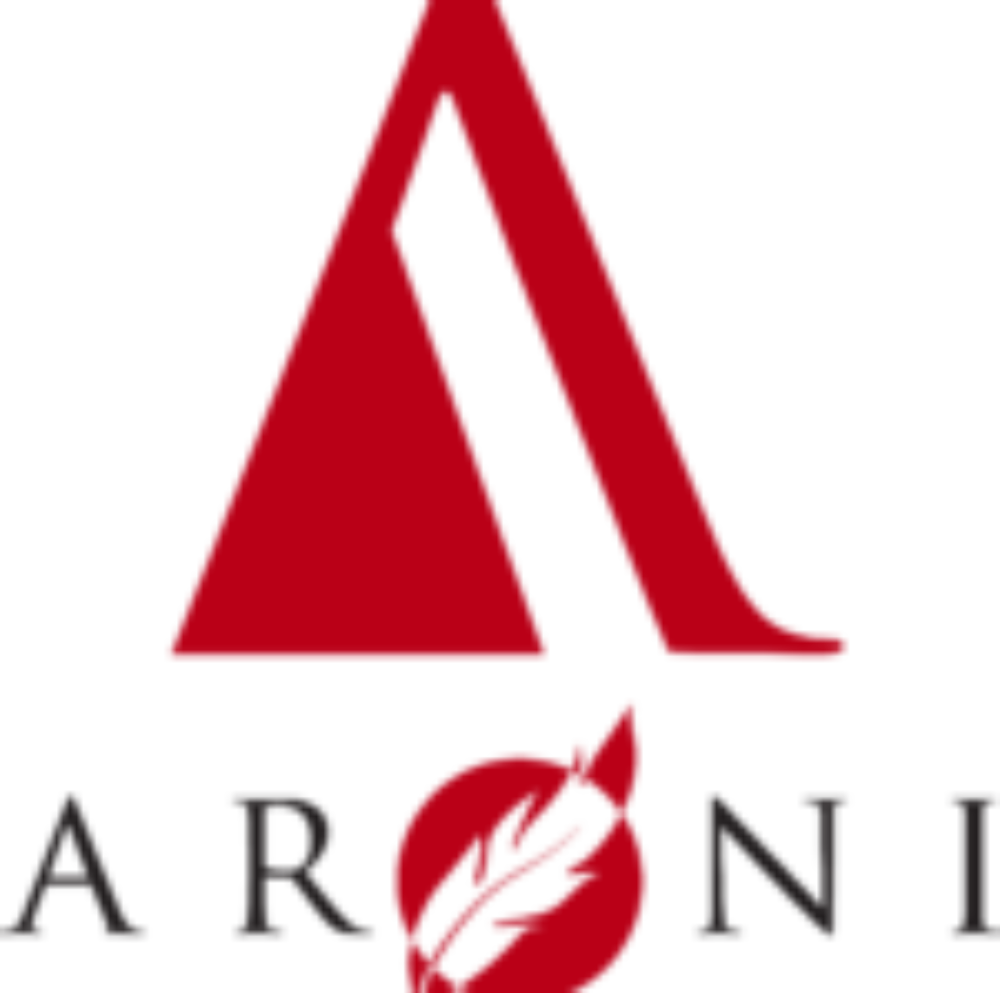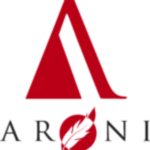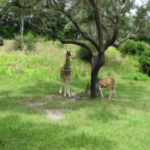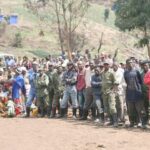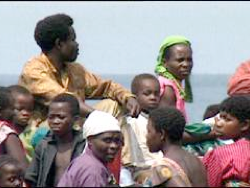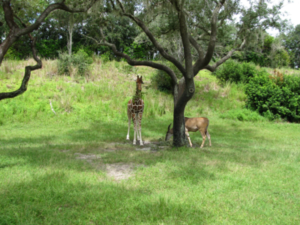*USA** condemns renegade groups FAR/Interahamwe: but who are they? ** ***
By AfroAmerica Network.
November 16, 2007.
AfroAmerica Network has obtained the lengthy “Congolese and Rwandan Joint Communiqué Against Armed Presence in Eastern DRC”, signed in Nairobi, on November 9, 2007 by the Congolese Foreign Affairs Minister Antipas Mbusa Nyamwisi, the Rwandan Foreign Affairs Minister Charles Murigande, the UN Under-Secretary for Political Affairs Haile Menkerios, the European Union (EU) Envoy Roeland van de Geer and the USA Envoy Timothy Shortley. The communiqué outlines the responsibilities of each of the involved parties, including the DRC, Rwanda, and the international community.
In reaction to the Congolese and Rwandan Joint Communiqué, the USA St ate Department released a remark, obtained by AfroAmerica Network on November 13, 2007. The USA Government welcomes the signing of the Joint Communiqué, while insisting on the fact that it is “a new opportunity to end the armed presence in eastern Democratic Republic of Congo of former Rwandan Armed Forces (ex-Far) and rebel Interahamwe implicated in Rwanda’s 1994 genocide.” The release insists that the USA government condemns “continuing attacks on innocent civilians in eastern Congo, especially by illegal armed groups such as the forces of renegade Congolese General Laurent Nkunda, as well as the ex-FAR and Interahamwe.”
While one can always guess who the Rwandese and Congolese are, there is confusion on who the international community and the ex-FAR/Interahamwe represent.
*International Community: is it the USA, EU, and UN?*
From the list of the signatories of the Communiqué, it is clear the USA, EU, and UN have vested interests and a stake in the political saga being played in the Great Lakes Region of Africa. But do they represent the international community? Do their interests match the common good sought out by the world body as a whole or the needs of the peoples in the Great Lakes, Congolese and Rwandans in particular? How about the past failures by the UN, the USA, and EU in tackling the tragedy in the region? Where are France, Belgium, and China? How about Russia? What is going with the MONUC? Is the recent firing or termination of MONUC leaders related to the communiqué or going to address MONUC’s inabilities to deal with the situation?
Many questions, very few or no answers, and the always elusive international community.
*The Elusive Ex-FAR and Interahamwe*
Who are Ex-FAR and Interahamwe? The answer to this question has become more complex with the increasing imbroglio in the region. Depending on the pursued agenda and occult motives anyone finds a convenient answer. That is perhaps why the Kigali government was quick to jump on the joint communiqué and the USA release and include all its arm ed opposition groups, while nowhere in the communiqué or the USA Statement remarks, is mentioned the Rwandan known armed opposition groups, such as Democratic Liberation Forces of Rwanda (FDLR). It will not be surprising if the Rwandan government soon includes other armed opposition groups not implanted in the DRC, such as the Rally for Unity and Democracy (RUD-Urunana) or Rally for the Rwandan People (RPR).
In fact, the Kigali Government has the peculiar habit of labeling anyone opposed to the regime as an ex-FAR or Interahamwe genocidaire, including Tutsis themselves. For example, Kigeli, a former Rwandan Tutsi king exiled in the USA, was recently qualified of interahamwe and divisionist with genocidaire intent by leaders in Kigali, following an interview with BBC in which he declared that to him, Rwanda belongs to all Rwandans, including those armed groups fighting the government. Likewise, the former Speaker of the Rwandan Parliament, Joseph Sebarenzi, also exiled in USA and himself a Tutsi or the Tutsi journalist Deo Mushayidi, exiled in Europe were on several occasions accused of espousing the ex-FAR/Interahamwe ideology. Mushayidi’s criticisms were so pointed and accurate that the enraged Rwandan President Kagame had to intervene with a public statement condemning the journalist. Leaders and official media then went on the rampage accusing Mushayidi of being an interahamwe and a genicidaire associate.
The “ex-FAR Interahamwe” qualification of the armed opposition by Kigali is consistent with Kigali’s policies. The Kigali government attempted the same stratagem when in June 2007. During a meeting of the Tripartite Plus held in Lubumbashi, the Rwandan list transmitted to Uganda, Rwanda, Burundi, and DRC included the names of the leaders of the three armed opposition groups: FDLR, RUD-Urunana, and RPR. For example, the list included the leader of the Tutsi armed opposition group, RPR, Major Gerard Ntashamaje. Kigali’s officials tried to convince the Tripartite Plus members that Major Gerard Ntashamaje, a Tutsi and former member of the ruling RPF and former officer within both the Rwandan Patriotic Army and Rwandan Government Forces, was an ex-FAR Hutu trained in the “Ecole Superieur Militaire (ESM). Gerard Ntashamaje never attended the ESM, was never a military in the ex-FAR and joined the armed guerrilla movement, RPA, well before 1993, where he raised in rank from a simple soldier to Major.
The list was later rejected by other countries, as not consistent with the objectives of the Tripartite Plus. Kigali was asked to produce a more relevant list, with clear and justified accusations. In the Nairobi communiqué, Kigali was again asked to comply with the requirement.
It is important to remember that, whether the international community, the US, EU, DRC, and Rwanda like it or not, the ex-FAR/Interahamwe/Laurent Nkuda phenomenon is a symptom of a deeper problem. These renegade groups are the stench of a decaying situation in the Great Lakes region. One cannot suppress a stench without eliminating the root cause. It has always been argued by experts that the root cause is the political situation in the Great Lakes Region, Rwanda in particular. Regardless of the culprit, the root must be uprooted.
*Where are the other armed groups: FDLR, RUD-Urunana, RPR?*
From the speeches, remarks, media releases and political rendez-vous by the current Rwandan leaders, a consistent theme emerges: Rwandan leaders are afraid of the emergence of an armed rebellion. They know it; they know that any organized and steadfast armed rebellion would be the beginning of the downfall of the regime. They know they have to use all means to preempt any organized insurgency.
In a recent report by the reputed International Crisis Group (Congo: Bringing Peace to North Kivu, Africa Report N°133, 31 October 2007) the ICG remarks: “/Major offensives by the mixed brigades against the FDLR eventually prompted collapse of the mixage process. .. The mixed brigades lacked logistical support, while the FDLR fought well and sustained few casualties. The FDLR temporarily went to safer locations deeper inside Virunga Park and Walikale territory but returned once the brigades withdrew/.”
The Rwanda government knows that, despite official statements to the contrary, the armed apposition groups constitute a real military threat if and whenever they decide to fight the Rwandan army.
ICG reports adds: “The FDLR’s aim officially continues to be to force the Rwandan government to peace talks. .. The transformation into a criminal, money-making enterprise has led to internal clashes over spoils. In 2004, a struggle for control of trade routes and markets around Rusamambo in North Kivu led to the creation of a splinter faction led by Colonel Musare. Although he initially approached MONUC for repatriation, he soon allied with a new Rwandan exile movement, the Rally for Unity and Democracy (RUD). In June 2007, a senior FDLR gathering in Kalonge proposed reconciling the two branches.”
ICG views these economic activities as criminal money-making schemes. What if these activities were aimed at funding a protracted rebellion?
Furthermore, according to the ICG, FDLR and RUD-Urunana may be seeking to form an alliance. It would be interesting to see what that alliance would produce and how it will affect the security in Rwanda. In fact with the alliance, a Hutu/Tutsi group -RUD-Urunana and RPR- implemented in Rwanda and the FDLR based in DRC would form an armed coalition against the Tutsi led Rwandan government. With that alliance, one may wonder how the Rwandan Foreign Affairs Minister Charles Murigande and Ambassador Richard Sezibera would accuse the armed opposition for being Hutu extremists or being a Congolese problem. That is perhaps what worries Charles Murigande and Paul Kagame the most.
Recently, the Rwandan Foreign Affairs Minister Charles Murigande commented that the threat by ex-FAR Interahamwe cannot be eliminated by moving them away from the DRC-Rwanda borders. “They walked all way from Congo-Brazzaville, Cameroon, Zambia, Mozambique, Kenya, Central African Republic, Kamina, Kinshasa, and congregated in Kivu, bent on invading the country. They did it once, when they were weak and vulnerable, they can do it again.” Murigande argued.
AfroAmerica Network agrees with Charles Murigande on that. One cannot suppress the stench without eliminating the source of the stench. It happens that the source of the stench is the political situation inside Rwanda. As any source of stench, the prevailing political situation will continue to attract groups bent on cleaning the landscape.
But until the FDLR, RUD-Urunana, and RPR coalesce, Charles Murigande has a breathing room. A room in which the air certainly stinks, but is still breathable.
©Copyright 2007. AfroAmerica Network. All Rights Reserved
